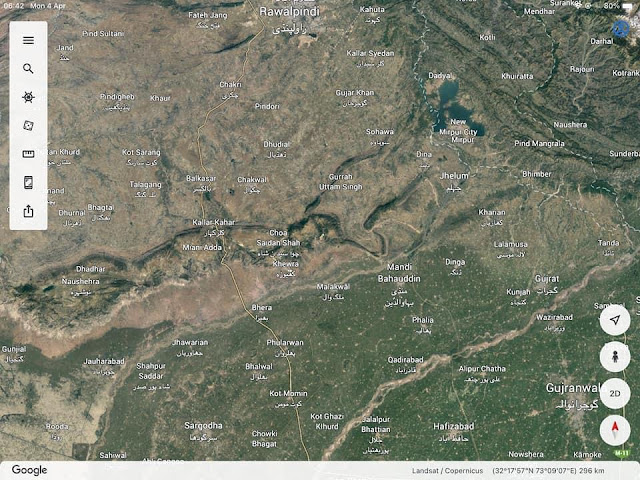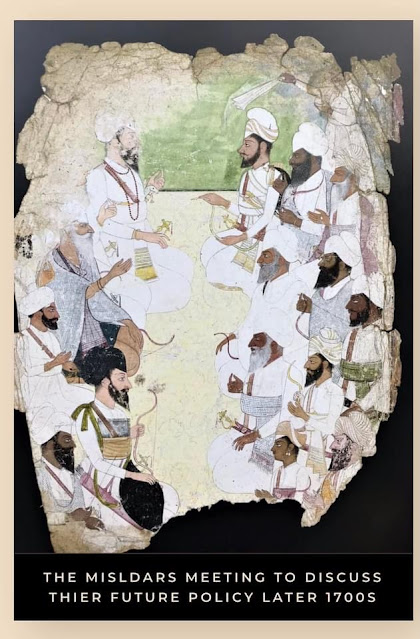Portrait of Sardar Gujjar Singh Bhangi.
There is a portrait of Sardar Gujjar Singh Bhangi available at this link : https://jatchiefs.com/sirdar-gujjar-singh-bhangi-of-lahore/?fbclid=IwAR2rSUAh0kfv4OEWIq7oaEgjZArzlHVwoZomafzCKVsl3QysjKwnszLyYV0 Please note that he was not a Sandhu but a Dhillon (not that it matters to us Sikhs but for historical accuracy - his nephew descended through his brother is a Dhillon so he is a Dhillon - see my previous post on Ferozepur). His maternal grandfather was Sardar Gurbaksh Singh Sandhu of Village Roranwala who adopted Sardar Lehna Singh Kahlon - I believe his mother Mai Lakshmi married Chaudhary Nathu Dhillon. I think that Gujjars descendents can be found in Village Rangarh near Amritsar. Gujjar is one of my favourite Sikh warriors having conquered so much territory for the Sikh Quam from Ferozepur to Attock. Maharaja Ranjit Singh is reported to have said that he was “blessed to be one-eyed” like the great Sardar Gujjar Singh Bhangi, by his court historian Sohan Lal Puri in the...









